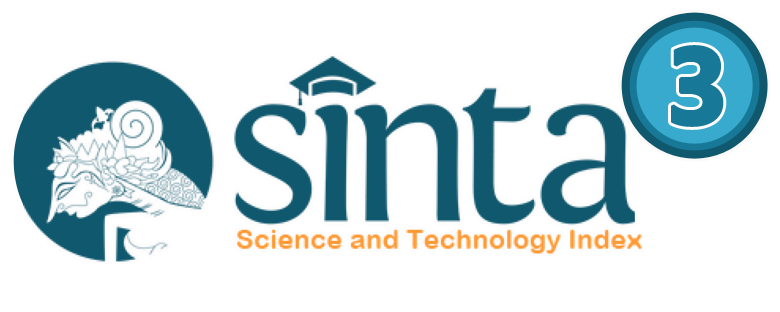Profitabilitas, Likuiditas, Leverage, Ukuran Perusahaan dan Prediksi Peringkat Obligasi pada Perusahaan Sektor Non Keuangan di Bursa Efek Indonesia
Abstract views: 789 | PDF downloads: 1672
Abstract
ABSTRACT
Bond is one of the important sources of funding for the company. The development of issuance of bonds in Indonesia is quite rapid. The study aims to determine the effect of profitability, likuidity, leverage, and firm size toward rating bond of non financial companies listed on the Indonesian Stock Exchange 2008-2012. Researchers used purposive sampling and samples used in this study were 13 companies of non finanfial companies. The analythical method used to analyze the relationship between variables is ordinal logistic regression. The results showed that profitability (ROA) no significant effect on rating bond, likuidity (CR) no significant effect on ratiing bond, leverage (DER) no significant on rating bond, and size significant effect on rating bond.
ABSTRAK
Obligasi merupakan salah satu sumber pendanaan penting bagi perusahaan. Perkembangan penerbitan obligasi di Indonesia cukup pesat. Penelitian ini bertujuan untuk mengetahui pengaruh profitabilitas, likuiditas, leverage, dan ukuran perusahaan terhadap peringkat obligasi perusahaan non keuangan yang terdaftar di Bursa Efek Indonesia 2008-2012. Peneliti menggunakan purposive sampling dan sampel yang digunakan dalam penelitian ini adalah 13 perusahaan perusahaan non finansial. Teknik pengujian yang digunakan untuk menganalisis hipotesis hubungan antara variabel adalah regresi logistik ordinal. Hasil penelitian menunjukkan bahwa profitabilitas (ROA) tidak berpengaruh signifikan terhadap rating obligasi, likuiditas (CR) tidak berpengaruh signifikan terhadap ratiing obligasi, leverage (DER) tidak signifikan terhadap rating obligasi, dan ukuran berpengaruh signifikan terhadap rating obligasi.
JEL Classification: G14, G30
Authors who publish with this journal agree to the following terms:
- Authors retain copyright and grant the journal right of first publication with the work simultaneously licensed under a Creative Commons Attribution-ShareAlike 4.0 International License that allows others to share the work with an acknowledgement of the works authorship and initial publication in this journal.
- Authors are able to enter into separate, additional contractual arrangements for the non-exclusive distribution of the journals published version of the work (e.g., post it to an institutional repository or publish it in a book), with an acknowledgement of its initial publication in this journal.
- Authors are permitted and encouraged to post their work online (e.g., in institutional repositories or on their website) prior to and during the submission process, as it can lead to productive exchanges, as well as earlier and greater citation of published work (See The Effect of Open Access).














